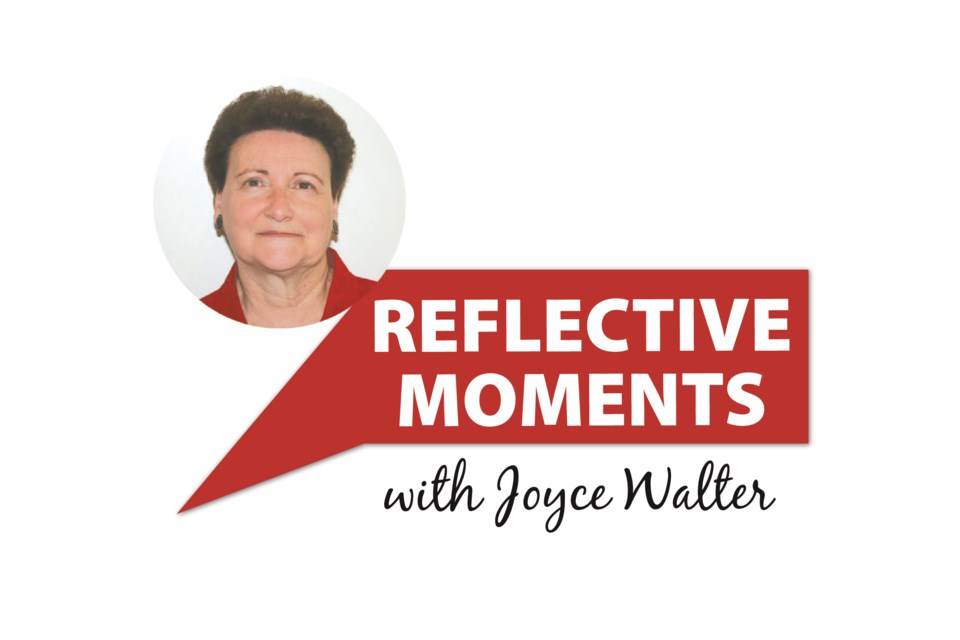The highways. grid roads and goat trails are calling: “come travel on us, see the world, or at least the parts within range of your vehicle’s gas tank.”
As soon as the snow had melted sufficiently to see the bare pavement or the gravel on the gravel road, the wanderlust bug began biting, suggesting it is time to take off the winter tires, put away the extra winter clothing and blankets in the emergency suitcase and head somewhere to see how the land weathered a fairly harsh winter with frigid temperatures for an extended period.
And so on a recent Sunday, we filled the water bottles, made sure we had some snacks and a full gas tank and headed on a short journey in a westerly direction. We knew our destination and how to get there and back home with nothing more than a few mileage signs between here and there.
This, after all, was a mere work-up to what we hope will be some interesting excursions as the trees leaf out, the ditches start turning green and on occasion we might see a crocus patch in a field beside the road.
For future trips of longer duration, we will require a roadmap to help us on our way and therefore, I am excited to ask one and all to join in the April 5 celebration of “read a roadmap day.”
This is a day to pick up a paper map, an atlas map, even a printed Google map to ensure that once the highway beckons, one can find one’s way without any reliance on electronic and digital devices that often provide travellers with doubtful information.
It is believed the earliest roadmap was the Britania Atlas prepared in 1675 by Cartographer John Ogilby. Since then researchers have lost track of the number of maps prepared and discarded. In the celebration of roadmap day, officials suggest the driver not be the one reading the map, that instead, where possible, a navigator be brought along to take charge of the map.
I found it strange that the date of the map does not appear to be as important as knowing how to actually read all the lines and squiggles on a map. Knowing which is the top and bottom is important as is knowing the direction one is travelling before the map is unfurled by the navigator.
Housemate always laughs at my ability, or lack thereof, to know in which direction I’m travelling. If I can’t see the sun I’m lost, and if the road angles, my confusion is compounded. That is why I like a vehicle that has the gadget that tells the driver the direction being travelled, day or night, rain or shine.
While many vehicles and cellphones have built in navigational systems, I doubted the ability of the monotone voice when she insisted on directing my driving friend to turn left where there was no road and to turn right onto the wrong side of a one-way street.
Housemate’s phone gave better directions on a trip into Alberta but making that voice stop repeating the same direction was a challenge, even more so than allowing the navigator to read the map to ascertain which road we would be wise to take to arrive safely at an obscure location.
Another purpose of the map day is to encourage all of us to notice our surroundings: the navigator insists he’s directing us correctly — but I’m sure we’re lost. Didn’t we already go past that old barn? I’m definitely noticing my repetitive surroundings.
Joyce Walter can be reached at [email protected]




